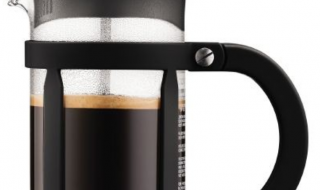
Our brains are hugely interesting yet highly complex. Although it may seem like you have everything under your conscious control, your unconscious mind can play some tricks on you. It may trap your judgment with errors called cognitive biases. Cognitive biases are flaws caused by memory, statistical, and attribution errors.
Understanding and recognizing these biases in yourself is useful when managing or spending money. Awareness of these biases is the first step!
1. STATUS QUO BIAS
As I was looking for a new laptop online, my choice leaned towards the brand that I have been using for more than 4 years – the MacBook. Its competitor had touch screen, 360 bendable monitor, and is running on the new Windows software that enables you to download countless of Apps. For its specifications, the latter was the best choice but I still preferred the Macintosh.
This cognitive bias is called the Status Quo Bias. It occurs when you prefer a product that you know and had been using for a long while even if there is clearly a better option available. It maintains the status quo and avoids change.
2. FAMILIARITY BIAS
Similar to the Status Quo Bias, Familiarity Bias exists when you prefer the products and services that you are exposed more of. Are you only buying something for this reason? I hope not. Often smaller companies that are not able to afford costly advertising provide cheaper and more innovative products.
3. ANCHORING BIAS
Anchoring bias occurs when you rely and focus heavily on the first piece of information you receive. This can potentially dictate your spending habits.
For instance, the first “Moroccan Argan Oil 200ml bottle” you saw online was worth S$100. Without knowing that retailers spend money on ads for their premium products, you quickly established a high benchmark. You are more likely to spend more than you would have if the very first product you saw in the search engine was worth S$20 (a real bargain)!
Instead of getting sucked into the effects of these biases, use your brain to your advantage by employing tricks to spend less and save more.
Sources: Time.com and Psychology of Love, Money, & Life (eBook)





